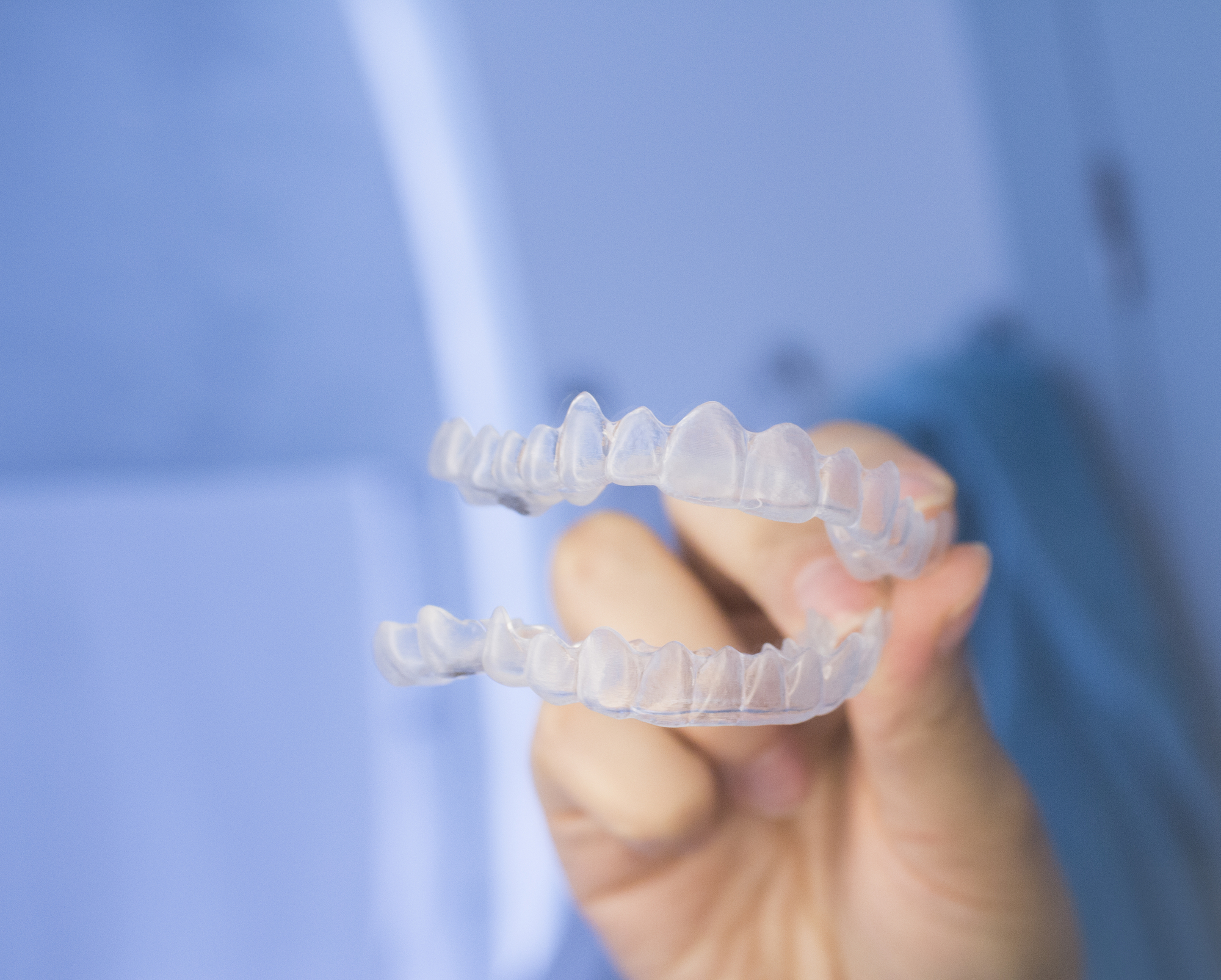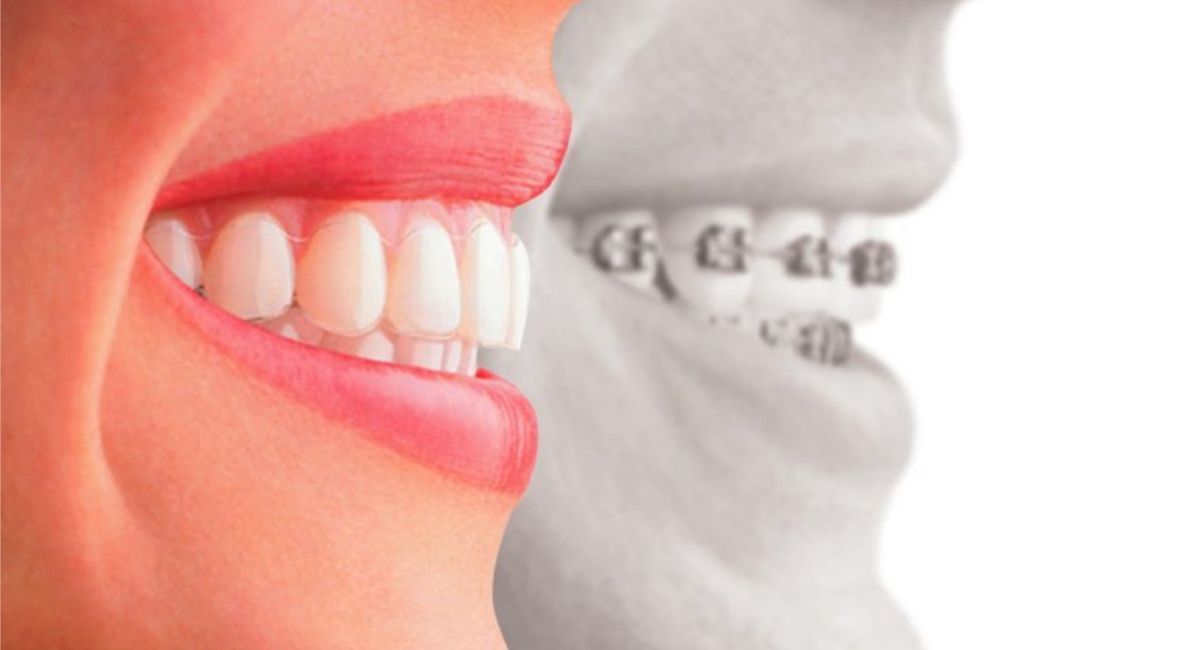

To keep your teeth in their new positions, you’ll likely need to wear a retainer for some portion of the day in the years after. Who are invisible braces right for?Īligners are best for people with mild to moderate spacing and crowding issues.įor more complicated cases, traditional metal braces are recommended.įor any kinds of braces, the time after the treatment period or after your braces are taken off is actually the most important. For daytime aligners, you only remove them to eat food, drink anything other than water, and brush or floss your teeth. For night-only aligners, the requirement is about 10 hours a day.

How many hours a day do you wear invisible braces?įor daytime aligners, you’ll need wear them for 20 to 22 hours a day. This time will vary based on your needs and how well you follow your treatment plan. How long is an average treatment with invisible braces?Īverage treatment times range from about 3 months to 1 year. However, dental insurance or funds from a flexible savings account or health savings account may cover part of the cost. Invisible braces can be a pricey investment, ranging from approximately $1,800 to $8,000. The aligners are custom-made for your teeth and designed to slowly shift your teeth into a more desirable alignment. You’ll get a set of multiple aligners, wearing each one for 7 to 14 days, and then graduating to the next size. Invisible aligners slowly shift your teeth over time. How do invisible aligners work? What do they do? Plastic aligners also may not correct functional bite issues as accurately as traditional fixed metal braces. Research from 2019 suggests that clear aligners are comparable to metal braces for fixing mild-to-moderate crowding and spacing issues, but they aren’t right for all types of movements and issues. Yes! Invisible aligners have been around for 20 years, with some studies done, especially on Invisalign, during that time. The aligners are made of a BPA-free, phthalate-free thermoplastic that is stain-resistant.įrequently asked questions Do invisible braces work? They also let you choose either an in-person consultation with a doctor or a tooth impression kit for use at home. They also offer regular sales, so if you’re in no hurry, hold out for deals around Labor Day, Thanksgiving, and Christmas. You can purchase your aligners with one $2,400 payment or spread out your payments over 3 years (though you’ll pay $3,143 total if you do it that way).

If you don’t have an orthodontist, check search engines and review sites, ask friends or family for recommendations, or ask a dentist for a referral. Regular checkups may involve extra costs, as some orthodontists include the checkup fees in the overall cost of aligners.

Your orthodontist will also be able to make small adjustments to your teeth tray after it’s made for fit or comfort. Like most aligners, yours will likely be made out of a medical-grade plastic called polyurethane resin or may even be a well-known brand like Invisalign. Your orthodontist can tell you whether aligners are right for your teeth and make other recommendations if not. The process of getting aligners from a local orthodontist is similar to online and mail-order companies.Įverything is done in person. Working with a local orthodontist has many benefits: You can get regular in-person checkups (usually every 6 to 10 weeks) and a more thorough workup, including X-rays and photos. Insurance: Call the orthodontist’s office to find out if your insurance is accepted, or call your insurance company to find out if aligners are covered.


 0 kommentar(er)
0 kommentar(er)
